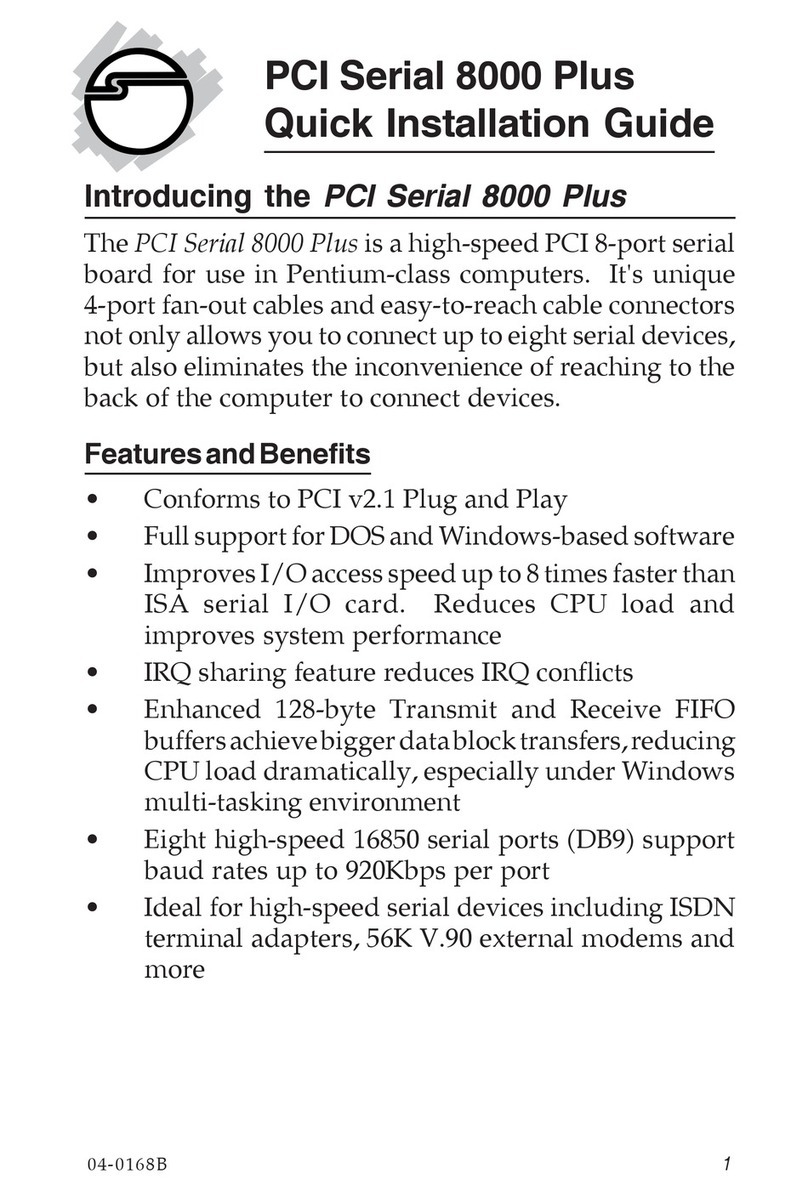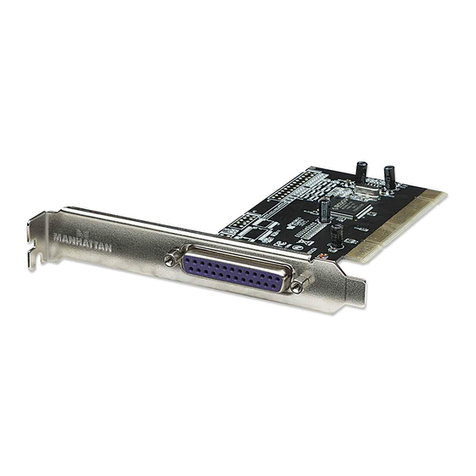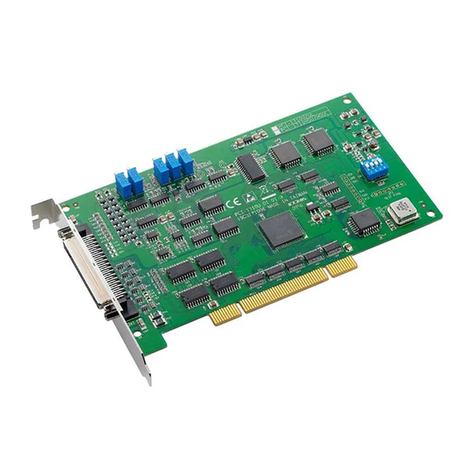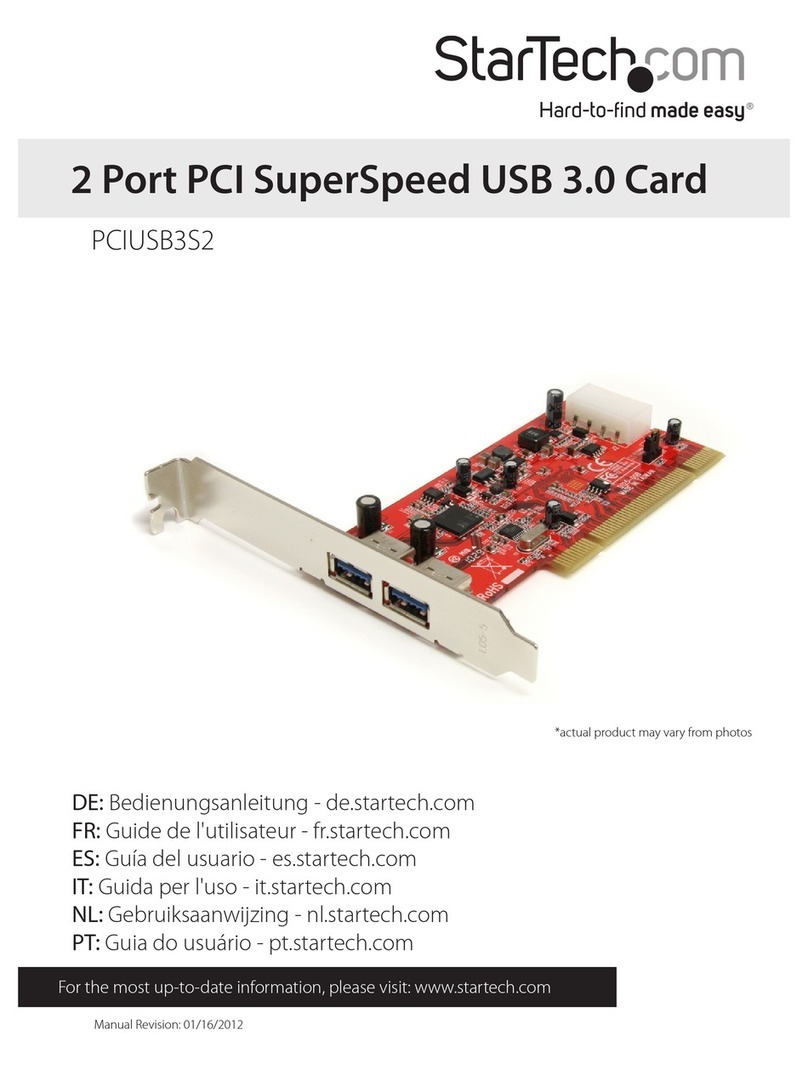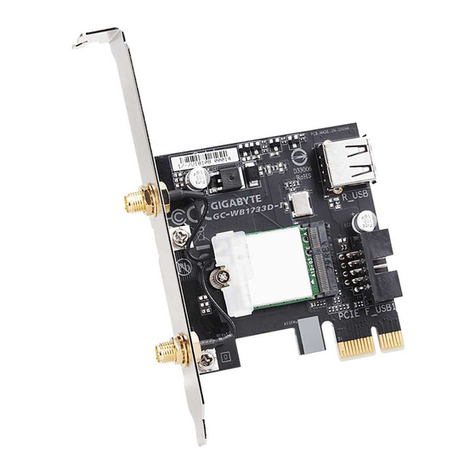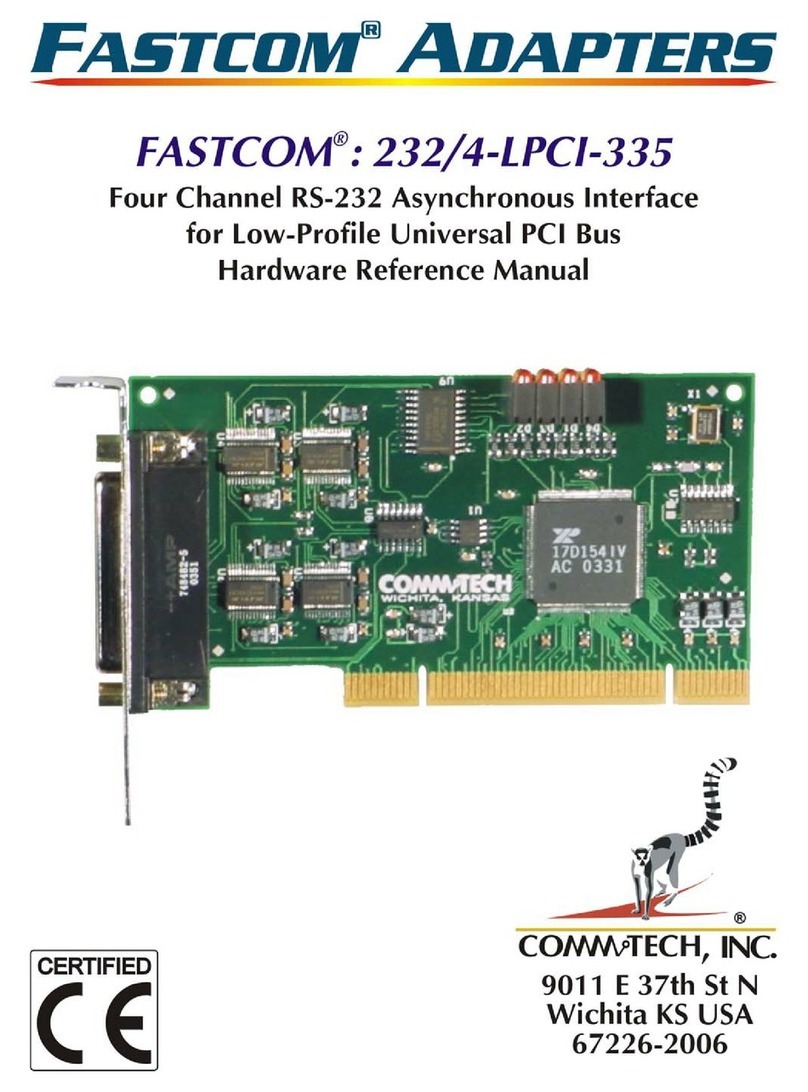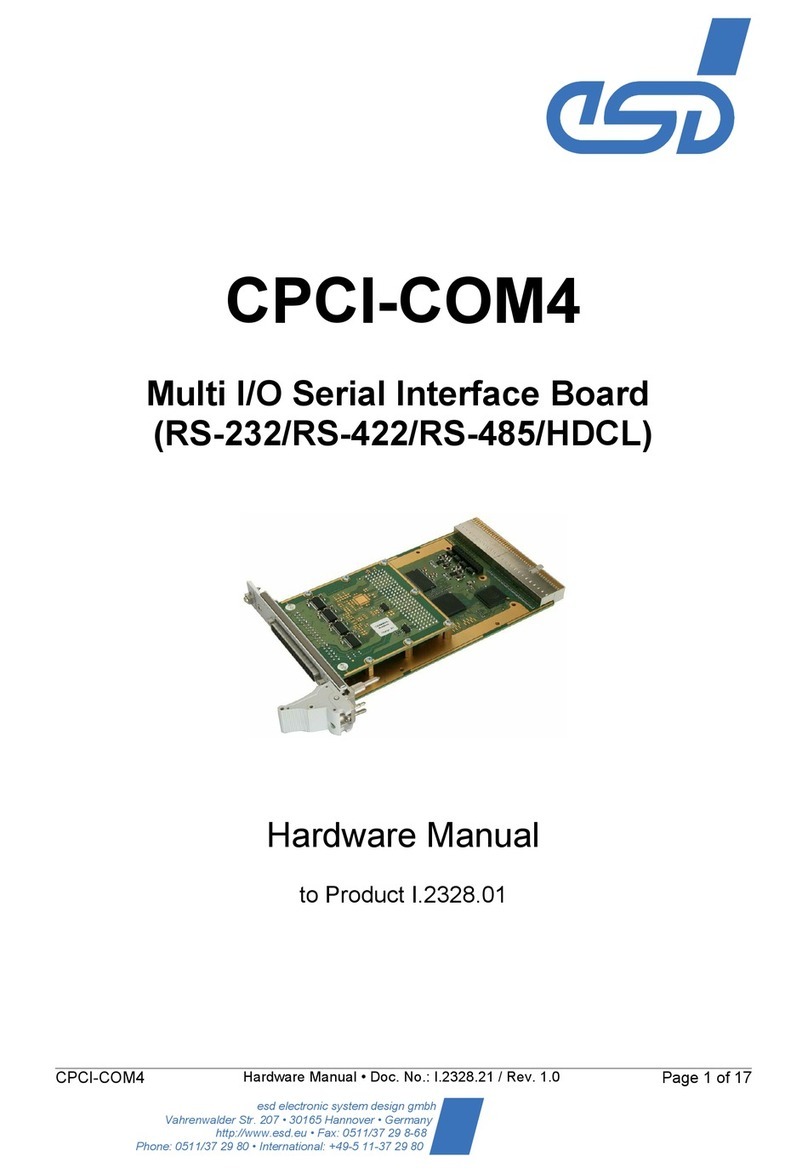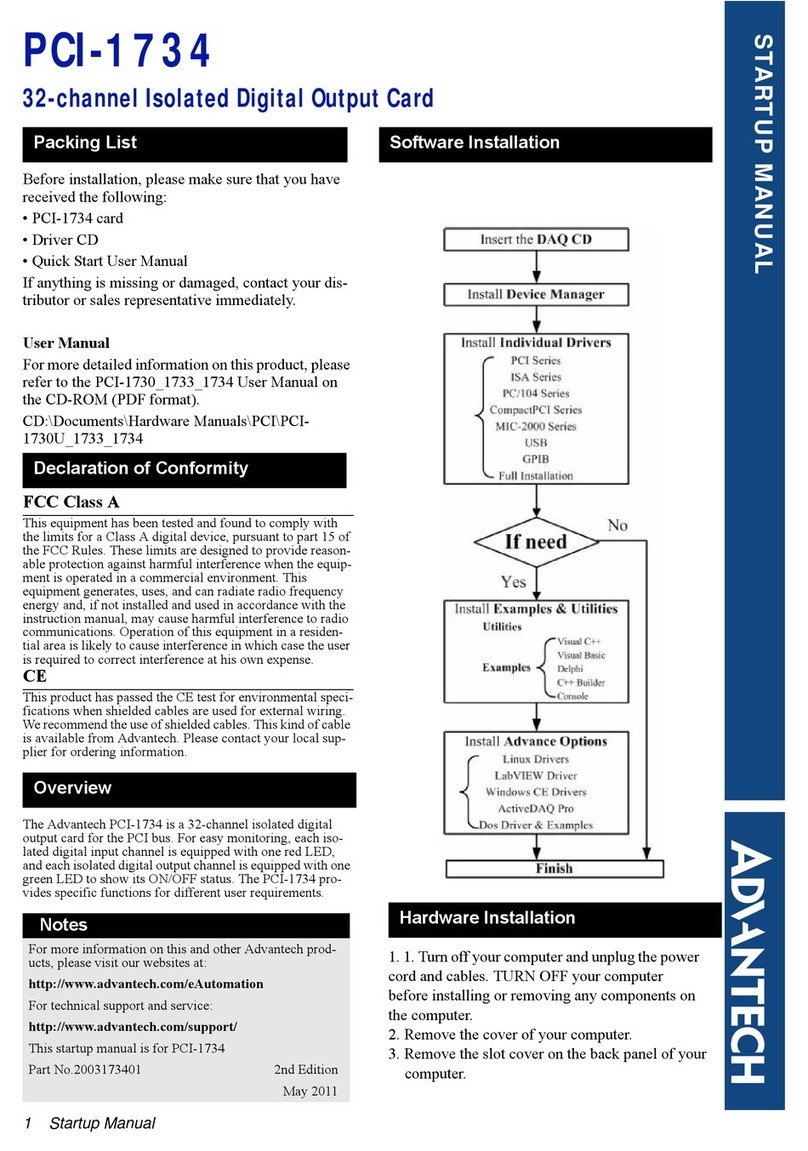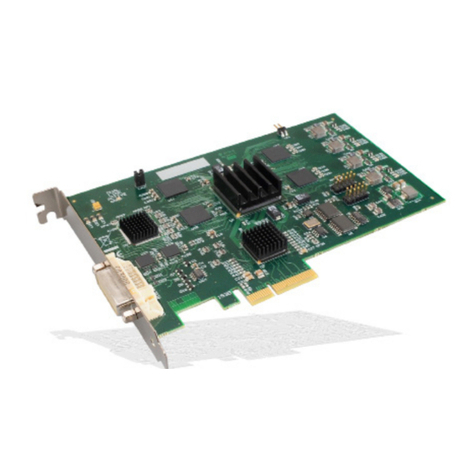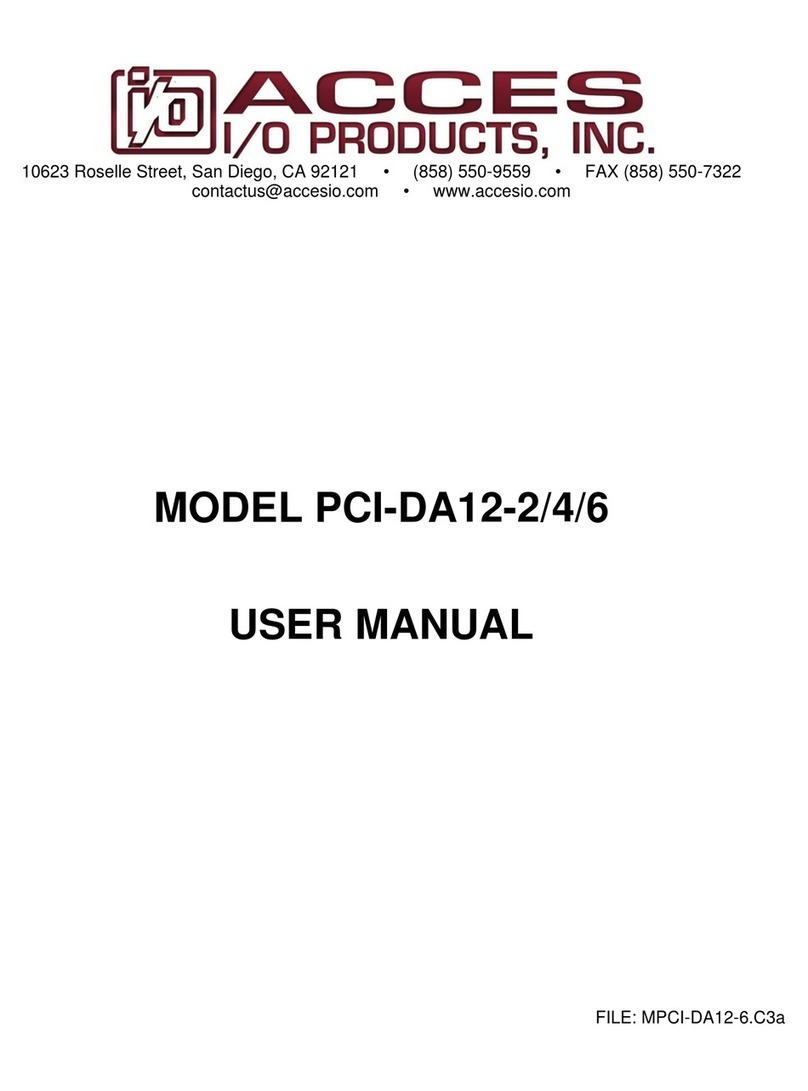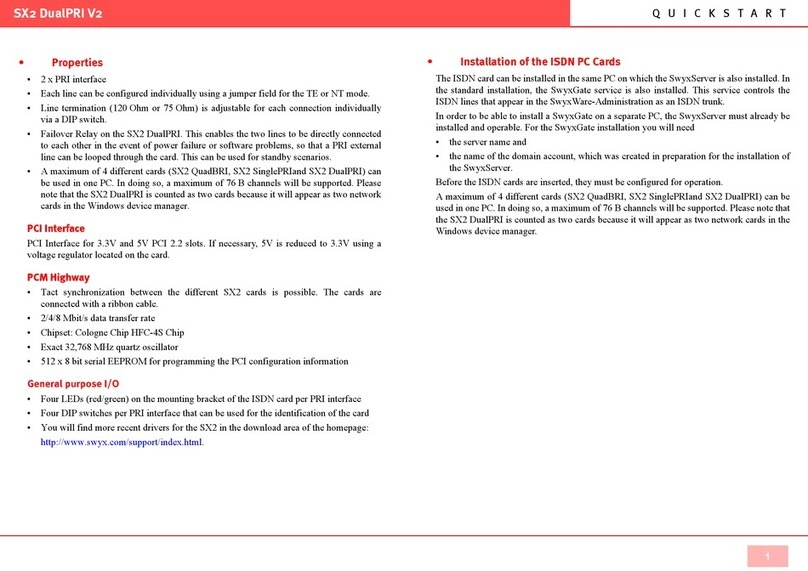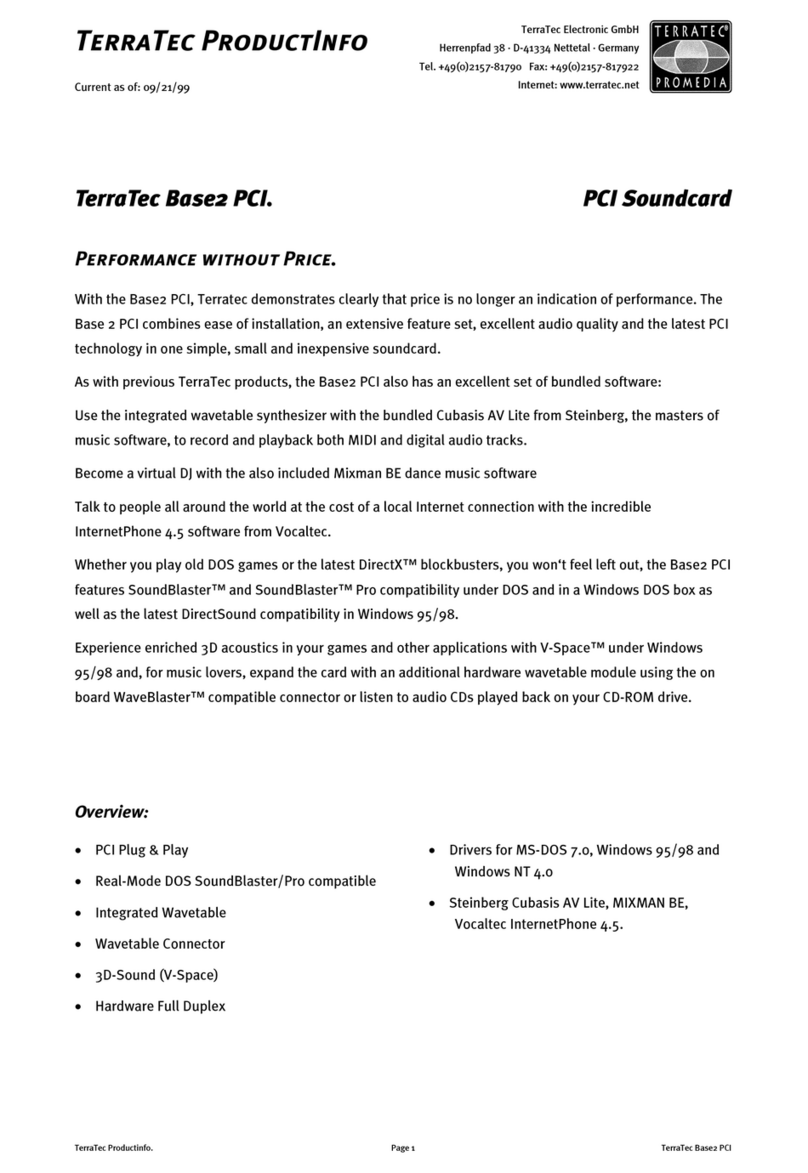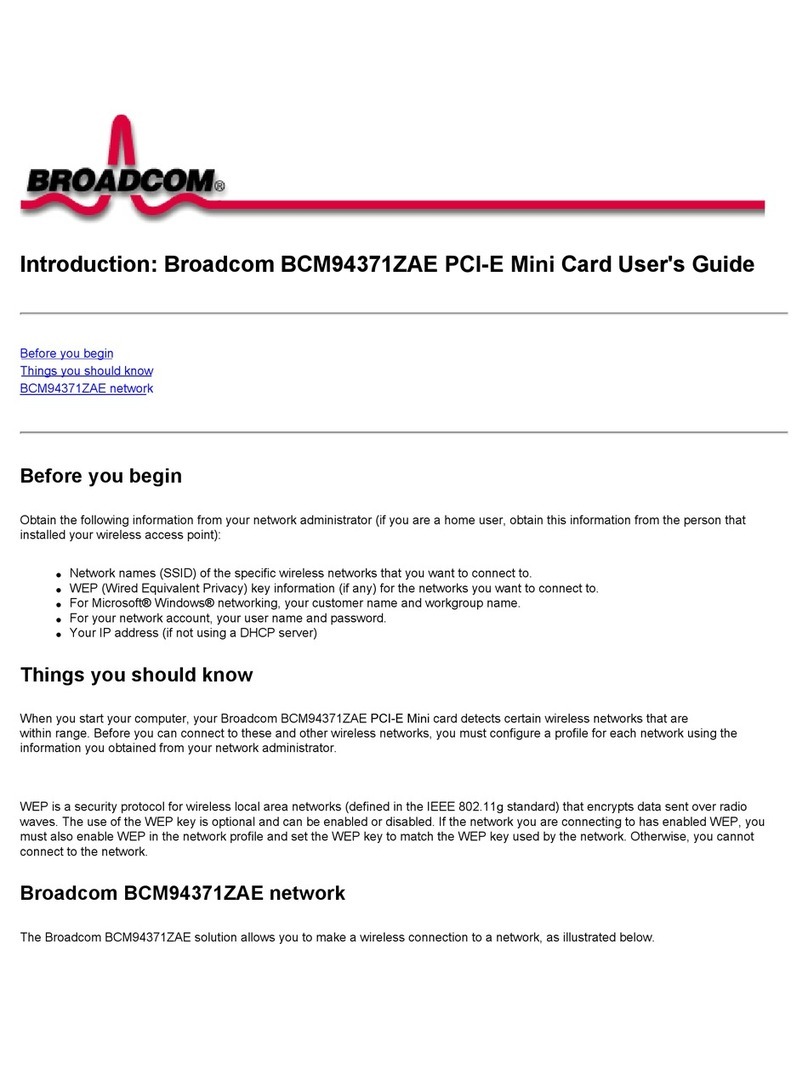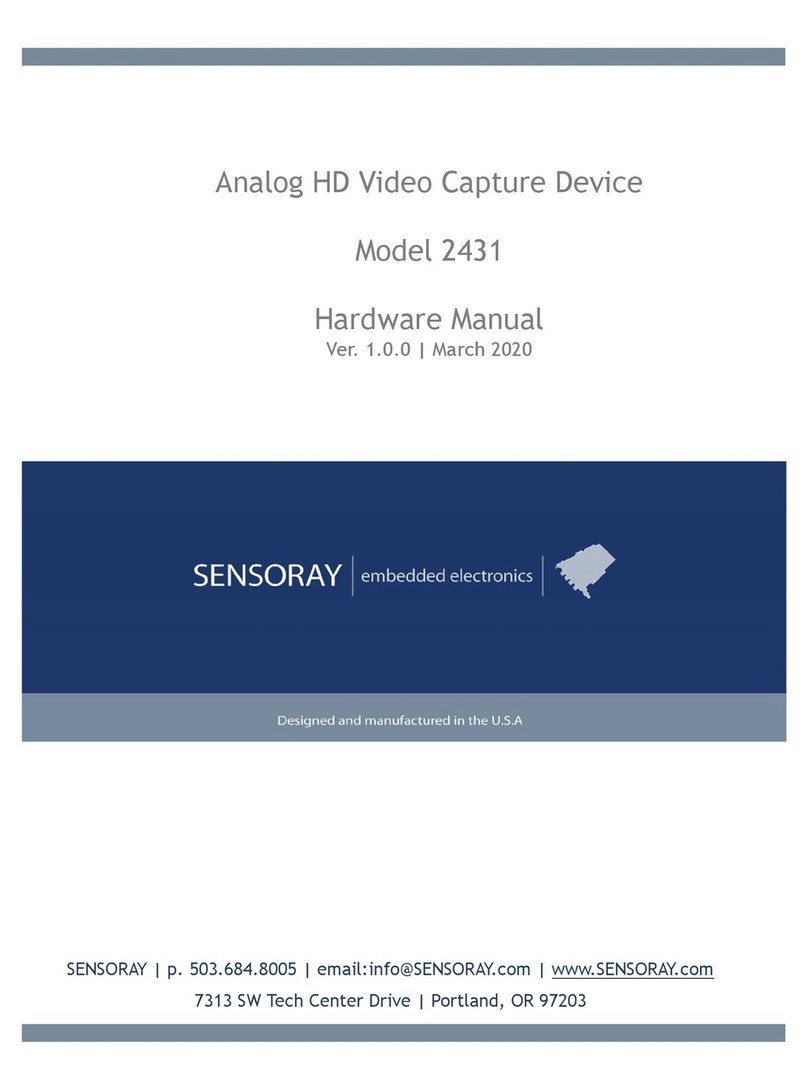Teli LE910C1-NA Guide

LE910Cx
HW Design Guide
1VV0301298 Rev. 33 – 2021-06-29
Telit Technical Documentation

LE910Cx HW User Guide
1VV0301298 Rev. 33 Page 2 of 128 2021-06-29
Not Subject to NDA
APPLICABILITY TABLE
This documentation applies to the following products:
PRODUCTS
DESCRIPTION
LE910C1-NA North America – AT&T with global roaming
LE910C1-NS North America - Sprint variant
LE910C1-AP APAC variant CAT1 variant
LE910C4-AP APAC variant CAT4 variant
LE910C4-EU Europe CAT4 variant
LE910C1-EU Europe CAT1 variant
LE910C1-EUX
Europe CAT1 variant
LE910C4-NF North America CAT4 variant
LE910C1-NF North America CAT1 variant
LE910C1-SA North America CAT1 variant – AT&T
LE910C1-SAX North America CAT1 variant – AT&T
LE910C1-ST North America CAT1 variant – T Mobile
LE910C1-SV North America CAT1 variant – Verizon
LE910C1-SVX North America CAT1 variant – Verizon
LE910C1-LA Latin America CAT1 variant
LE910C4-LA Latin America CAT4 variant
LE910C4-CN China CAT4 variant
LE910C1-WWX Worldwide CAT1 variant
LE910C4-WWX Worldwide CAT4 variant
Table 1: Applicability table
Note:
‘
X
’ means ThreadX OS in LE910C1-EU
X
, LE910C1-SA
X
and
LE910C1-SV
X
. The other models which don’t have the letter ‘
X
’ are
Linux OS.

LE910Cx HW User Guide
1VV0301298 Rev. 33 Page 3 of 128 2021-06-29
Not Subject to NDA
CONTENTS
APPLICABILITY TABLE 2
CONTENTS 3
1. INTRODUCTION 8
Scope 8
Audience 8
Contact Information, Support 8
Symbol Conventions 9
Related Documents 9
2. GENERAL PRODUCT DESCRIPTION 11
Overview 11
Applications 12
General Functionality and Main Features 12
Block Diagram 14
Environmental Requirements 16
2.5.1. Temperature Range 16
2.5.2. RoHS Compliance 16
Operating Frequency Bands 16
2.6.1. RF Bands per Regional Variant 16
2.6.2. Reference Table of RF Bands Characteristics 17
RF Parameters 20
2.7.1. Sensitivity 20
2.7.2. Output power 21
Mechanical Specifications 22
2.8.1. Dimensions 22
2.8.2. Weight 22
3. MODULE CONNECTIONS 23
Pin-out 23
Signals That Must Be Connected 31
LGA Pads Layout 32
Backward Compatibility to xE910 Family 32
4. ELECTRICAL SPECIFICATIONS 34

LE910Cx HW User Guide
1VV0301298 Rev. 33 Page 4 of 128 2021-06-29
Not Subject to NDA
Absolute Maximum Ratings – Not Operational 34
Recommended Operating Conditions 34
Logic Level Specifications 35
4.3.1. 1.8V Pads - Absolute Maximum Ratings 35
4.3.2. 1.8V Standard GPIOs 35
4.3.3. 1.8V SD Card Pads 36
4.3.4. 1.8V SIM Card Pads 36
4.3.5. Dual Voltage Pads - Absolute Maximum Ratings 37
4.3.6. SD Card Pads @ 2.95V 37
4.3.7. SIM Card Pads @2.95V 37
5. HARDWARE COMMANDS 39
Turning on the LE910Cx Module 39
Initialization and Activation State 39
Turning off the LE910Cx Module 44
5.3.1. Shutdown by Software Command 44
5.3.2. Hardware Shutdown 45
5.3.3. Unconditional Hardware Shutdown 46
Powering OFF the Module 47
Fast Power Down 47
5.5.1. Fast Shut Down by Hardware 48
5.5.2. Fast Shut Down by Software 50
6. POWER SUPPLY 51
Power Supply Requirements 51
Power Consumption 51
General Design Rules 53
6.3.1. Electrical Design Guidelines 54
6.3.1.1. + 5V Input Source Power Supply – Design Guidelines 54
6.3.1.2. + 12V Input Source Power Supply – Design Guidelines 55
6.3.1.3. Battery Source Power Supply – Design Guidelines 56
6.3.2. Thermal Design Guidelines 56
6.3.3. Power Supply PCB Layout Guidelines 58
7. ANTENNA(S) 60
GSM/WCDMA/TD-SCDMA/LTE Antenna Requirements 60

LE910Cx HW User Guide
1VV0301298 Rev. 33 Page 5 of 128 2021-06-29
Not Subject to NDA
GSM/WCDMA/TD-SCDMA/LTE Antenna – PCB Line Guidelines 61
GSM/WCDMA/LTE Antenna – Installation Guidelines 62
Antenna Diversity Requirements 62
GNSS Antenna Requirements 63
7.5.1. Combined GNSS Antenna 64
7.5.2. Linear and Patch GNSS Antenna 64
7.5.3. Front End Design Considerations 64
7.5.4. GNSS Antenna – PCB Line Guidelines 65
7.5.5. GNSS Antenna – Installation Guidelines 65
8. HARDWARE INTERFACES 66
USB Port 66
HSIC Interface (Optional) 68
SGMII Interface 68
8.3.1. Ethernet Control interface 68
Serial Ports 69
8.4.1. Modem Serial Port 1 Signals 69
8.4.2. Modem Serial Port 2 71
8.4.3. RS232 Level Translation 72
Peripheral Ports 73
8.5.1. SPI – Serial Peripheral Interface 73
8.5.2. I2C - Inter-integrated Circuit 74
8.5.3. SD/MMC Card Interface 75
8.5.4. WiFi SDIO Interface 76
Audio Interface 77
8.6.1. Digital Audio 77
8.6.1.1. Short Frame Timing Diagrams 79
8.6.1.2. Long Frame Timing Diagrams 80
8.6.1.3. I2S Digital Audio Diagram 81
General Purpose I/O 83
8.7.1. Using a GPIO Pad as Input 85
8.7.2. Using a GPIO Pad as an interrupt / Wakeup source 85
8.7.3. Using a GPIO Pad as Output 85
9. MISCELLANEOUS FUNCTIONS 86
Indication of Network Service Availability 86

LE910Cx HW User Guide
1VV0301298 Rev. 33 Page 6 of 128 2021-06-29
Not Subject to NDA
Indication of Software Ready 87
RTC – Real Time Clock 87
VAUX Power Output 87
ADC Converter 87
9.5.1. Description 87
9.5.2. Using the ADC Converter 88
Using the Temperature Monitor Function 88
GNSS Characteristics 88
10. MOUNTING THE MODULE ON YOUR BOARD 90
General 90
Finishing & Dimensions 90
Recommended Footprint for the Application 95
Stencil 97
PCB Pad Design 97
Recommendations for PCB Pad Dimensions (mm) 97
Solder Paste 98
10.7.1. Solder Reflow 98
10.7.2. Cleaning 99
11. APPLICATION GUIDE 101
Debug of the LE910Cx Module in Production 101
Bypass Capacitor on Power Supplies 101
SIM Interface 102
11.3.1. SIM Schematic Example 102
EMC Recommendations 103
Download and Debug Port 103
11.5.1. Fast Boot mode 104
11.5.2. Recovery Boot Mode 104
12. PACKING SYSTEM 105
Packing System – Tray 105
Tape & Reel 107
Moisture Sensitivity 109
13. CONFORMITY ASSESSMENT ISSUES 110

LE910Cx HW User Guide
1VV0301298 Rev. 33 Page 7 of 128 2021-06-29
Not Subject to NDA
FCC/ISED Regulatory Notices 110
JTBL Regulatory Notices 115
NCC Regulatory Notices 115
ANATEL Regulatory Notices 116
14. PRODUCT AND SAFETY INFORMATION 117
Copyrights and Other Notices 117
14.1.1. Copyrights 117
14.1.2. Computer Software Copyrights 117
Usage and Disclosure Restrictions 118
14.2.1. License Agreements 118
14.2.2. Copyrighted Materials 118
14.2.3. High Risk Materials 118
14.2.4. Trademarks 118
14.2.5. 3rd Party Rights 119
14.2.6. Waiwer of Liability 119
Safety Recommendations 119
15. GLOSSARY 121
16. DOCUMENT HISTORY 122
SECTION 10.X – DIMENSION AND MECHANICAL DESIGN UPDATED 122

LE910Cx HW User Guide
1VV0301298 Rev. 33 Page 8of 128 2021-06-29
Not Subject to NDA
1. INTRODUCTION
Scope
This document introduces the Telit LE910Cx module and presents possible and
recommended hardware solutions for the development of a product based on this
module. All the features and solutions described in this document are applicable to all
LE910Cx variants listed in the applicability table.
If a specific feature is applicable to a specific product only, it will be clearly marked.
Note:
LE910Cx refers to all modules listed in the Applicability Table
This document takes into account all the basic functions of a wireless module; it suggests
a valid hardware solution for each function and points out incorrect solutions and
common errors to be avoided.
This document cannot include every hardware solution or every product that can be
designed. Avoiding invalid solutions must be considered mandatory. Where the
suggested hardware configurations are not be considered mandatory, the information
provided should be used as a guide and a starting point for the proper development of
the product with the Telit LE910Cx module.
Note:
The integration of the GSM/GPRS/EGPRS/WCDMA/HSPA+/LTE
LE910Cx
cellular module within a user application must be done
according to the design rules described in this manual.
Audience
This document is intended for Telit customers, especially system integrators, about to
implement their applications using the Telit LE910Cx module.
Contact Information, Support
For general contact, technical support services, technical questions and report
documentation errors, contact Telit Technical Support at:
•
•
TS-[email protected]om
•
TS-APAC@telit.com

LE910Cx HW User Guide
1VV0301298 Rev. 33 Page 9of 128 2021-06-29
Not Subject to NDA
Alternatively, use:
https://www.telit.com/support
For detailed information about where you can buy the Telit modules or for
recommendations on accessories and components visit:
https://www.telit.com
To register for product news and announcements or for product questions contact Telit’s
Technical Support Center (TTSC).
Our aim is to make this guide as helpful as possible. Keep us informed of your comments
and suggestions for improvements.
Telit appreciates feedback from the users of on information.
Symbol Conventions
The following conventions are used to emphasize specific types of information:
Danger:
This information MUST be
followed or catastrophic
equipment failure or personal injury may occur.
Warning: Alerts the user on important steps about the module
integration.
Note/Tip:
Provides advice and suggestions that may be useful when
integrating the module.
Electro-static Discharge:
Notifies the user to take proper grounding
precautions before handling the product.
All dates are in ISO 8601 format, that is YYYY-MM-DD.
Related Documents
•LE920x4/LE910Cx AT Command User Guide 80490ST10778A
•Telit EVB HW User Guide 1VV0301249

LE910Cx HW User Guide
1VV0301298 Rev. 33 Page 10 of 128 2021-06-29
Not Subject to NDA
•LE910Cx Interface Board HW User Guide 1VV0301323
•LE910/LE920 Digital Voice Interface Application Note 80000NT11246A
•Telit_LE920A4_LE910Cx_Wi-Fi_Interface_Application_Note_r1 80490NT11511A
•Antenna Detection Application Note 80000NT10002A
•High-Speed Inter-Chip USB Electrical Specification, version 1.0 (a supplement to
the USB 2.0 specification, Section 3.8.2)
•ETH_Expansion_board_Application Note 80490NT11622A
•LE910C1/LE910C4 PSM Application Note, 80502NT11758A

LE910Cx HW User Guide
1VV0301298 Rev. 33 Page 11 of 128 2021-06-29
Not Subject to NDA
2. GENERAL PRODUCT DESCRIPTION
Overview
LE910Cx is Telit’s new LTE series for IoT applications.
In its most basic use case, the LE910Cx can be applied as a wireless communication
front-end for telematics products, offering GNSS and mobile communication features to
an external host CPU through its rich interfaces.
LE910Cx is available in hardware variants as listed in Table 1: Applicability Table. For
differences in the designated RF band sets – refer to Section 2.6.1, RF Bands per Regional
Variant.
Note
:
(EN)
The integration of the LE910Cx
cellular module within user
application shall be done according to the design rules described in this
manual.
(IT)
L’integrazione del modulo cellulare LE910Cx all’interno
dell’applicazione dell’utente dovrà rispettare le indicazioni progettuali
descritte in questo manuale.
(DE)
Die Integration des LE910Cx Mobilfunk-Moduls in ein Gerät muß
gemäß der in diesem Dokument beschriebenen Kunstruktionsregeln
erfolgen.
(SL)
Integracija LE910Cx modula v uporabniški aplikaciji bo morala
upoštevati projektna navodila, opisana v tem priročniku.
(SP)
La utilización del modulo LE910Cx debe ser conforme a los usos
para los cuales ha sido deseñado descritos en este manual del usuario.
(FR)
L’intégration du module cellulaire LE910Cx dans l’application de
l’utilisateur sera faite selon les règles de conception décrites dans ce
manuel.
(HE)

LE910Cx HW User Guide
1VV0301298 Rev. 33 Page 12 of 128 2021-06-29
Not Subject to NDA
The information presented in this document is believed to be accurate and reliable.
However, no responsibility is assumed by Telit Communications S.p.A. for its use, nor any
infringement of patents or other rights of third parties which may result from its use. No
license is granted implicitly or in any other way under any patent rights of Telit
Communications S.p.A. except for circuitry embodied in Telit products. This document is
subject to change without notice.
Applications
LE910Cx can be used for telematics applications where tamper-resistance,
confidentiality, integrity, and authenticity of end-user information are required, for
example:
•Telematics services
•Road pricing
•Pay-as-you-drive insurance
•Stolen vehicles tracking
•Internet connectivity
General Functionality and Main Features
The LE910Cx series of cellular modules features an LTE and multi-RAT modem together
with a powerful on-chip application processor and a rich set of interfaces.
The major functions and features are listed below:
Function
Features
Modem
Multi-RAT cellular modem for voice and data communication
LTE FDD Cat1 and Cat4 (10/5Mbps DL/UL at cat1, 150/50Mbps DL/UL at
cat4).
Carrier aggregation is not supported
GSM/GPRS/EDGE
WCDMA up to DC HSPA+, Rel.9
Support for SIM profile switching
Regional variants with optimal choice of RF bands for worldwide coverage
of countries and MNOs
State-of-the-art GNSS solution with GPS/GLONASS/BeiDou/Galileo/QZSS
receiver
Digital audio subsystem
PCM/I2S digital audio interface
Up to 48 kHz sample rate, 16-bit words
Two USIM ports – dual
voltage
Class B and Class C support
Hot swap support
Clock rates up to 5 MHz

LE910Cx HW User Guide
1VV0301298 Rev. 33 Page 13 of 128 2021-06-29
Not Subject to NDA
Function
Features
Application processor
Application processor to run customer application code
32-bit ARM Cortex-A7 up to 1.3 GHz running the Linux operating system
Flash + DDR are large enough to allow for customer’s own software
applications
Interfaces
Rich set of interfaces, including:
SD/MMC Card Interface supporting SD3.0 standard
SDIO for external WiFi transceiver supporting SDIO3.0 standard
SGMII for external Ethernet transceiver
Compliant with IEEE802.3
Full duplex operation at 1 Gbps
Half/full duplex operation at 10/100 Mbps
Support for VLAN tagging
Support for IEEE1588, PTP (Precision Time Protocol)
USB2.0 – USB port is typically used for:
Flashing of firmware and module configuration
Production testing
Accessing the Application Processor’s file system
AT command access
High-speed WWAN access to external host
Diagnostic monitoring and debugging
NMEA data to an external host CPU
HSIC (Optional)
High-speed 480 Mbps (240 MHz DDR) USB transfers are 100% host driver
compatible with traditional USB cable connected topologies
Bidirectional data strobe signal (STROBE)
Bidirectional data signal (DATA)
No power consumption unless a transfer is in progress
Maximum trace length 10 cm
Signals driven at 1.2V standard LVCMOS levels
Peripheral Ports – SPI, I2C, UART
GPIOs
Antenna ports
Form factor
Form factor (28x28mm), accommodating the multiple RF bands in each
region variant
Environment and quality
requirements
The entire module is designed and qualified by Telit for satisfying the
environment and quality requirements.
Single supply module
The module generates all its internal supply voltages.
RTC
No dedicated RTC supply, RTC is supplied by VBATT
Operating temperature
Range -40 °C to +85 °C (conditions as defined in Section 2.5.1,
Temperature Range).
Table 2: Features Table

LE910Cx HW User Guide
1VV0301298 Rev. 33 Page 14 of 128 2021-06-29
Not Subject to NDA
Note:
The following interfaces are unique to the LE910Cx and may
not be supported on other (former or future) xE910 family. Special
care must be paid
when designing the application board if future
compatibility is required:
-SGMII for Ethernet connectivity
-SDIO for WIFI connectivity
-SD/MMC for SD Card connectivity
Warning:
LE910C1-EUX, LE910C1-SAX and LE910C1-
SVX models
which are based on ThreadX OS, does not support the following
functions.
•Fastboot
•Wi-Fi / BT
•SD / MMC
•HSIC
•SGMII
•RNDIS over the USB
•NMEA over the USB
•USB Audio
•USB OTG
•Audio playback
•Audio playback during voice call
•Full duplex voice conversation recording (Voice Recording)
•In call music delivery
•AUX PCM interface
•TTY
Block Diagram
Figure 1 shows an overview of the internal architecture of the LE910Cx module.
It includes the following sub-functions:

LE910Cx HW User Guide
1VV0301298 Rev. 33 Page 15 of 128 2021-06-29
Not Subject to NDA
•Application processor, Modem subsystem and Location processing with their
external interfaces. These three functions are contained in a single SOC.
•RF front end and antenna ports.
•Digital Audio interface for external codec.
•Rich IO interfaces. Depending on the LE910Cx software features enabled, some of
its interfaces exported due to multiplexing may be used internally and therefore
may not be usable by the application.
•PMIC with the RTC function inside
Figure 1: LE910Cx Block Diagram
MEMORIES
RF
F RO NT EN D
GNSS Antennna
GPIO
Cellular antenna 1
Cellular antenna 2
PCM In/out
SIM
GNSS_Sync
APPLICATION
PROCESSOR
MODEM
LOCATION
HSICI2C USB2.0SGMIISPI
UART
JTAG
2xSDIO
PMIC
VBATT
ADC
VBATT_PA
RTC

LE910Cx HW User Guide
1VV0301298 Rev. 33 Page 16 of 128 2021-06-29
Not Subject to NDA
Environmental Requirements
2.5.1. Temperature Range
Mode
Temperature
Note
Operating temperature range
-40 ~ +85°C Ambient.
Temperatures outside of
the range –20°C ÷ +55°C
might slightly deviate
from ETSI specifications.
The module is fully
functional, able to make
and receive voice calls,
data calls, SMS and
GPRS traffic.
Ambient
–20°C ÷ +55°C Temperatures outside of
this range might slightly
deviate from ETSI
specifications
Storage and non-operating temperature range
–40°C ~ +90°C
Table 3: Temperature Range
2.5.2. RoHS Compliance
As a part of the Telit corporate policy of environmental protection, the LE910Cx complies
with the RoHS (Restriction of Hazardous Substances) directive of the European Union (EU
directive 2011/65/EU).
Operating Frequency Bands
The operating frequencies in GSM850, EGSM900, DCS1800, PCS1900, WCDMA & LTE
modes conform to the 3GPP specifications.
2.6.1. RF Bands per Regional Variant
Table 4 summarizes all region variants within the LE910Cx family, showing the supported
band sets in each variant.

LE910Cx HW User Guide
1VV0301298 Rev. 33 Page 17 of 128 2021-06-29
Not Subject to NDA
Region Variant
2G
HSPA+
LTE FDD
LTE
TDD
TD-
SCDMA
LE910C1-NA
2, 3, 5, 8
1, 2, 4, 5, 8
2, 4, 12
-
-
LE910C1-NS
-
-
2, 4, 5, 12, 25, 26
-
-
LE910C1-AP
-
1, 5, 6, 8, 19
1, 3, 5, 8, 9, 18, 19, 26, 28
-
-
LE910C4-AP
-
1, 5, 6, 8, 19
1, 3, 5, 8, 9, 18, 19, 26, 28
-
-
LE910C4-EU
3, 8
1, 3, 8
1, 3, 7, 8, 20, 28A
-
-
LE910C1-EU
3, 8
1, 3, 8
1, 3, 7, 8, 20, 28A
-
-
LE910C1-EUX
3, 8
1, 3, 8
1, 3, 7, 8, 20, 28A
-
-
LE910C4-NF
-
2, 4, 5
2, 4, 5, 12, 13, 14, 66, 71
-
-
LE910C1-NF
-
2, 4, 5
2, 4, 5, 12, 13, 14, 66, 71
-
-
LE910C1-SA
-
-
2, 4, 12, 14, 66
-
-
LE910C1-SAX
-
-
2, 4, 12, 66
-
-
LE910C1-ST
-
-
2, 4, 12, 66, 71
-
-
LE910C1-SV
-
-
4, 13
-
-
LE910C1-SVX
-
-
4, 13
-
-
LE910C1-LA
2, 3, 5, 8
1, 2, 4, 5
1, 2, 3, 4, 5, 7, 28
-
-
LE910C4-LA
2, 3, 5, 8
1, 2, 4, 5
1, 2, 3, 4, 5, 7, 28
-
-
LE910C4-CN
3, 8
1, 8
1, 3, 5, 8, 38, 39, 40, 41M
-
34, 39
LE910C1-WWX 2, 3, 5, 8 1, 2, 4, 5, 6, 8, 19 1, 2, 3, 4, 5, 7, 8, 9, 12, 13, 14, 18,
19, 20, 25, 26, 28
- -
LE910C4-WWX 2, 3, 5, 8 1, 2, 4, 5, 6, 8, 19 1, 2, 3, 4, 5, 7, 8, 9, 12, 13, 14, 18,
19, 20, 25, 26, 28
- -
Table 4: RF Bands per Regional Variant
2.6.2. Reference Table of RF Bands Characteristics
Mode
Freq. Tx (MHz)
Freq. Rx (MHz)
Channels
Tx-Rx Offset
PCS 1900 1850.2 ~ 1909.8 1930.2 ~ 1989.8 512 ~ 810 80 MHz
DCS 1800 1710 ~ 1785 1805 ~ 1880 512 ~ 885 95 MHz
GSM 850 824.2 ~ 848.8 869.2 ~ 893.8 128 ~ 251 45 MHz
EGSM 900 890 ~ 915 935 ~ 960 0 ~ 124 45 MHz

LE910Cx HW User Guide
1VV0301298 Rev. 33 Page 18 of 128 2021-06-29
Not Subject to NDA
Mode
Freq. Tx (MHz)
Freq. Rx (MHz)
Channels
Tx-Rx Offset
880 ~ 890 925 ~ 935 975 ~ 1023 45 MHz
WCDMA 2100 – B1 1920 ~ 1980 2110 ~ 2170 Tx: 9612 ~ 9888
Rx: 10562 ~ 10838 190 MHz
WCDMA 1900 – B2 1850 ~ 1910 1930 ~ 1990 Tx: 9262 ~ 9538
Rx: 9662 ~ 9938 80 MHz
WCDMA 1800 – B3 1710 ~ 1785 1805 ~ 1880 Tx: 937 ~ 1288
Rx: 1162 ~ 1513 95 MHz
WCDMA AWS – B4 1710 ~ 1755 2110 ~ 2155 Tx: 1312 ~ 1513
Rx: 1537 ~ 1738 400 MHz
WCDMA 850 – B5 824 ~ 849 869 ~ 894 Tx: 4132 ~ 4233
Rx: 4357 ~ 4458 45 MHz
WCDMA 900 – B8 880 ~ 915 925 ~ 960 Tx: 2712 ~ 2863
Rx: 2937 ~ 3088 45 MHz
WCDMA 1800 – B9 1750 ~ 1784.8 1845 ~ 1879.8 Tx: 8762 ~ 8912
Rx: 9237 ~ 9387 95 MHz
WCDMA 800 – B19 830 ~ 845 875 ~ 890 Tx: 312 ~ 363
Rx: 712 ~ 763 45 MHz
TDS CDMA 2000 –
B34 2010 ~ 2025 2010 ~ 2025 Tx: 10054 ~ 10121
Rx: 10054 ~ 10121 0 MHz
TDS CDMA 1900 –
B39 1880 ~ 1920 1880 ~ 1920 Tx: 9404 ~ 9596
Rx: 9404 ~ 9596 0 MHz
LTE 2100 – B1 1920 ~ 1980 2110 ~ 2170 Tx: 18000 ~ 18599
Rx: 0 ~ 599 190 MHz
LTE 1900 – B2 1850 ~ 1910 1930 ~ 1990 Tx: 18600 ~ 19199
Rx: 600 ~ 1199 80 MHz
LTE 1800 – B3 1710 ~ 1785 1805 ~ 1880 Tx: 19200 ~ 19949
Rx: 1200 ~ 1949 95 MHz
LTE AWS – B4 1710 ~ 1755 2110 ~ 2155 Tx: 19950 ~ 20399
Rx: 1950 ~ 2399 400 MHz
LTE 850 – B5 824 ~ 849 869 ~ 894 Tx: 20400 ~ 20649
Rx: 2400 ~ 2649 45 MHz
LTE 2600 – B7 2500 ~ 2570 2620 ~ 2690 Tx: 20750 ~ 21449
Rx: 2750 ~ 3449 120 MHz
LTE 900 – B8 880 ~ 915 925 ~ 960 Tx: 21450 ~ 21799
Rx: 3450 ~ 3799 45 MHz
LTE 1800 – B9 1749.9 ~ 1784.9 1844.9 ~ 1879.9 Tx: 21800 ~ 2149
Rx: 3800 ~ 4149 95 MHz

LE910Cx HW User Guide
1VV0301298 Rev. 33 Page 19 of 128 2021-06-29
Not Subject to NDA
Mode
Freq. Tx (MHz)
Freq. Rx (MHz)
Channels
Tx-Rx Offset
LTE AWS+ – B10 1710 ~ 1770 2110 ~ 2170 Tx: 22150 ~ 22749
Rx: 4150 ~ 4749 400 MHz
LTE 700a – B12 699 ~ 716 729 ~ 746 Tx: 23010 ~ 23179
Rx: 5010 ~ 5179 30 MHz
LTE 700c – B13 777 ~ 787 746 ~ 756 Tx: 23180 ~ 23279
Rx: 5180 ~ 5279 -31 MHz
LTE 700PS – B14 788 ~ 798 758 ~ 768 Tx: 23280 ~ 23379
Rx: 5280 ~ 5379 -30 MHz
LTE 700b – B17 704 ~ 716 734 ~ 746 Tx: 23730 ~ 23849
Rx: 5730 ~ 5849 30 MHz
LTE 800 – B19 830 ~ 845 875 ~ 890 Tx: 24000 ~ 24149
Rx: 6000 ~ 6149 45 MHz
LTE 800 – B20 832 ~ 862 791 ~ 821 Tx: 24150 ~ 24449
Rx: 6150 ~ 6449 -41 MHz
LTE 1500 – B21 1447.9 ~ 1462.9 1495.9 ~ 1510.9 Tx: 24450 ~ 24599
Rx: 6450 ~ 6599 48 MHz
LTE 1900+ – B25 1850 ~ 1915 1930 ~ 1995 Tx: 26040 ~ 26689
Rx: 8040 ~ 8689 80 MHz
LTE 850+ – B26 814 ~ 849 859 ~ 894 Tx: 26690 ~ 27039
Rx: 8690 ~ 9039 45 MHz
LTE 700 – B28A 703 ~ 733 758 ~ 788 Tx: 27210 ~ 27510
Rx: 9210 ~ 9510 55 MHz
LTE 700 – B28 703 ~ 748 758 ~ 803 Tx: 27210 ~ 27659
Rx: 9210 ~ 9659 55 MHz
LTE AWS-3 – B66 1710 ~ 1780 2210 ~ 2200 Tx: 131972-132671
Rx: 66436-67335 400 MHz
LTE600 – B71 663 ~ 698 617 ~ 652 Tx: 133122-133471
Rx: 68568-68935 46 MHz
LTE TDD 2600 – B38 2570 ~ 2620 2570 ~ 2620 Tx: 37750 ~ 38250
Rx: 37750 ~ 38250 0 MHz
LTE TDD 1900 – B39 1880 ~ 1920 1880 ~ 1920 Tx: 38250 ~ 38650
Rx: 38250 ~ 38650 0 MHz
LTE TDD 2300 – B40 2300 ~ 2400 2300 ~ 2400 Tx: 38650 ~ 39650
Rx: 38650 ~ 39650 0 MHz
LTE TDD 2500 –
B41M 2555 ~ 2655 2555 ~ 2655 Tx: 40265 ~ 41215
Rx: 40265 ~ 41215 0 MHz
Table 5: RF Bands Characteristics

LE910Cx HW User Guide
1VV0301298 Rev. 33 Page 20 of 128 2021-06-29
Not Subject to NDA
RF Parameters
2.7.1. Sensitivity
Typical sensitivity levels are as follows:
Mode
Primary
Diversity
SIMO
3GPP
PCS 1900 -107.5 - - -102
DCS 1800 -107.0 - - -102
GSM 850 -108.5 - - -102
EGSM 900 -107.5 - - -102
WCDMA 2100 – B1 -109.0 -110.0 -111.5 -106.7
WCDMA 1900 – B2 -109.5 -110.5 -112 -104.7
WCDMA 1800 – B3 -107.5 -109.5 -109.5 -103.7
WCDMA AWS – B4 -109.5 -110.0 -112 -106.7
WCDMA 850 – B5 -110.0-111.0 -112.5 -104.7
WCDMA 850 – B6 -110.0 -111.0 -112.5 -106.7
WCDMA 850 – B19 -110.0 -111.0 -112.5 -106.7
WCDMA 900 – B8 -109.5 -110.5 -112 -103.7
TDS CDMA 2000 – B34 -110.0- - -105
TDS CDMA 1900 – B39 -110.0- - -105
LTE 2100 – B1 -98.0 -98.5 -100.5 -96.3
LTE 1900 – B2 -97.0 -99.0 -99 -94.3
LTE 1800 – B3 -97.5 -99.5 -99.5 -93.3
LTE AWS – B4 -98.0 -99.0 -100.5 -96.3
LTE 850 – B5 -99.0 -100.5 -101.5 -94.3
LTE 2600 – B7 -97.5 -97.5 -99.5 -94.3
LTE 900 – B8 -98.5 -99.5 -101 -93.3
LTE 1800 – B9 -98.0 -99.0 -100.5 -95.3
LTE 700a – B12 -98.5 -99.5 -101 -93.3
LTE 700c – B13 -98.5 -99.5 -101 -93.3
This manual suits for next models
18
Table of contents
